by Todd Walker
Using the “B” word will automatically rain hell and brimstone on any online discussion. What’s the Best knife, sidearm, rifle, or water filter? Try it for kicks and giggles. Type that four-letter word in front of any piece of gear and watch the internet explode.
When it comes to survival priorities, the same spirited debate rages.
In the Pathfinder System, Dave Canterbury ranks water as the third wilderness survival priority. Self-Aid and Shelter take the top two spots respectively. Of course, survival priorities are always dependent on the situation and shouldn’t be written in stone.
Here’s Dave’s full list…
- Self-aid
- Shelter
- Water
- Fire/heat
- Signaling
- Food
- Navigation
The subject of this article is the third priority – the substance which every system in the human body is dependent. A dehydrated body can not help you do all the stuff needed to keep you alive if you’re day hike turns into a week-long survival scenario.
Water is easy to find in the eastern woodlands. But it may not be fit for consumption.
That crystal clear stream you’re about to sip from may hold a rotting carcass 100 yards upstream. Also keep in mind that, yes, bears (and other critters) do crap in the woods along rivers and streams… which eventually washes into the pristine creek and into your cupped hands.
Introducing waterborne pathogens to your gut is a sure way to decrease your survivability in the wilderness. You need to assume that every water source in the backwoods contains the following invisible nasties (and more)…
- Giardia – A single-celled, microscopic parasite which causes a diarrheal illness called giardiasis. The parasite is passed through the feces of infected animals and humans. Symptoms include diarrhea, vomiting, nausea, bloating, gas (not your normal campfire baked-bean induced gas), weakness, and stomach cramps. Symptoms show up within 1 to 2 weeks.
- Cryptosporidium – Crypto, as it is commonly known, is a parasite responsible for causing the most waterborne illnesses in the U.S. according to the CDC. Symptoms of watery diarrhea, dehydration, stomach pain and cramps, fever, and vomiting begin in 2 to 10 days of infection and may last up to 30 days.
- Escherichia coli (E. coli) – Some E. colia bacteria are beneficial to your intestinal tract. Then there’s the pathogenic, diarrhea kind transferred through water and food contaminated from human or animal feces. Remember that bear fact? Unfortunately, s**t happens. And ignorant humans have the bears beat!
- Salmonella – Most folks infected by this bacteria develop diarrhea, fever, and stomach cramps within 12 to 72 hours. Not good for a 72 hour survival scenario. Oh, and it can spread to other body systems causing more long-term damage.
Bottom line… Don’t drink untreated water! … unless you have no other option in an emergency survival scenario. Dying of dehydration is worse than giardiasis after you’ve been rescued. But we’re talking camping not survival, here. Consider all backwoods water sources contaminated. Period. Even when brushing your teeth at camp, use disinfected water.
We’ve established the fact that the human body needs water to function properly. So what are the best (yeah, I used the B-word) practices to make water safe to drink?
Boiling Water
We took our youth group to a Catholic church in the early 80’s as a cross-cultural field trip. The priest met us at the door and invited us in. One of our really, really country boys asked the priest how holy water was made.
In all seriousness, the priest told us that they pour water in a pot, place it on a hot stove, and…
“boil the hell out of it.”
Boiling Times
There are lots of confusing, un-scientific info floating in the preparedness pool. So how long should you boil water to make it safe to drink?
a.) 10 minutes, b.) 5 minutes, c.) 1 minute, d.) depends on altitude
Answer: None of the above.
I’m not certain how long priests boil water before it becomes holy, but all you need to do is bring water to a boil to render the parasites, viruses, and bacteria harmless. In fact, 185º F for a few minutes will deliver the damage needed to kill the nasties. We boil in the backwoods because thermometers aren’t convenient to carry. Bubbles tell us when it’s done.
Research from the Wilderness Medical Society states that keeping water temps above 160º F for 30 minutes kills all pathogens through pasteurization. Bet you don’t carry a cooking thermometer in your pack. Even at high altitudes, once your water reaches the boiling point of 212º F, you’re done. Boiling past zero minutes is a waste of fuel and life-giving water via evaporation.
In a perfect world, you whip out your metal container. Fill it with water and bring it to a boil. Take it off the heat immediately and allow the water to cool. Now you have potable water.
What I carry is the Pathfinder Stainless Steel Cook set. The 32 ounce bottle nests inside the 25 oz. cup for easy storage in my haversack or backpack.
If you’re ever in a situation without a metal container, ask yourself this question…
What would MacGyver do?
Creative Containers
There may be resources in your pack which you’ve never considered could hold water for boiling. These items will help channel your inner MacGyver.
- Duct tape
- Emergency space blanket
- Trash bag
- Backpack cover
- Tarp
- Rain suit or poncho
- Dry bag
- Hat
These pieces of kit will melt over a fire quicker than the Wicked Witch of the West from the Wizard of Oz. But the important thing is that they hold water and you can make fire… and rocks litter the ground. Now you’re ready to boil water.
Stone Boil Method
Hot rocks from your campfire will boil water. Be sure to not use river rocks in the fire. The trapped moisture inside these stones are prone to explode when heated sending hot, sharp shrapnel flying. Use dry rocks.
Below are a few fellow YouTubers I respect demonstrating the stone boil method with improvised containers.
Hats off to IHatchetJack for this one…
Master Woodsman using a trash bag to boil water with stones…
Larry Roberts using a burn and scrape wooden container…
No-Boil Methods for Clean Water
You can’t boil water without a heat source. This fact places urgency on the need to carry at least 3 different methods to start a fire. We covered my favorite methods here.
However, even without fire, potable water is available in nature.
Water from Trees
Here are 4 trees found in the eastern woodlands that can be tapped in the same manner as our northern neighbors harvest sap for maple syrup. This hydration source is available when the sap is running in early spring.
- Sycamore
- Hickory
- Maple
- River Birch
Sap from the trees contains sugars and clean water that can be consumed without filtering or boiling. Collect the sap by boring a hole or notch about a 1/2 inch into the tree. Insert a 4 inch spigot made from a hollow stick or river cane as a conduit for the sap. Use a container underneath the spigot/spile to catch the runoff.
Use your Possum Mentality and collect any plastic water/soda bottles you come across. They can be used to collect sap without ever tapping the tree with a spigot. Darin from East Woodland Survival has an interesting technique I really like…
Water from Plants
Another great seasonal (spring, summer, and fall) source of clean water is found in wild grape vines. Sever the end of a large diameter vine near the ground over a container. It’ll start slowly dripping water into the container. Speed up the process by reaching as high as possible up the vine and cut a notch in the vine. The notch breaks the vacuum in the vine to increase the water output.
Don’t forget that your mouth is a container. Lay under the vine and drink directly from the plant. Be sure you can accurately identify grape vine from poison ivy and oak!
Rain Water
Rainy weather is a two-edged sword. It makes fire craft difficult but can provide needed emergency hydration.
With access to a tarp or rain gear, configure a “V” shape to collect rain and funnel it to a container.
John McCann of Survival Resources shows you how to do this in a homesteading situation easy enough. The same can be done in a survival scenario with sticks and ingenuity. His contraption collects and amazing amount of rain water!
A more primitive rain catchment technique is to harvest tree bark in half-pipe sections set up like a bicycle rim configuration with a collection device positioned at the axle. Tulip poplar, willow, and other non-resinous tree bark can be used.
Water Filters
Modern water filters are convenient and effective for removing parasites and bacteria but not viruses or chemical contaminants. I personally carried the Sawyer Mini on our recent backpacking trip on Eagle Rock Loop. It’s lightweight, easy to use, and effectively removes 99.9% of pathogens and is rated to clean 100,000 gallons of water.
Filters can be constructed from natural materials in the backcountry. My friend, Joshua Shuttlesworth, has a tutorial on building a Tripod Water Filter you should check out.
Remember to always assume wilderness water sources are contaminated. Drink without disinfecting water in the woods and you could pay a hefty price. Don’t trust what you read here or watch on YouTube videos. Get out and develop the skills needed to quench your thirst!
Keep Doing the Stuff of Self-Reliance,
Todd
P.S. – You can also keep up with the Stuff we’re Doing on Twitter, Pinterest, Google +, YouTube, Instagram, and Facebook… and over at the Doing the Stuff Network.
P.P.S – If you find value in our blog, Dirt Road Girl and I would appreciate your vote on Top Prepper Sites! You can vote daily by clicking here or on the image below. Check out all the other value-adding sites while you’re there… 
Thanks for Sharing the Stuff!
Copyright: Content on this site (unless the work of a third-party) may be shared freely in digital form, in part or whole, for non-commercial use with a link back to this site crediting the author. All links in articles must remain intact as originally posted in order to be republished. If you are interested a third-party article, please contact the author directly for republishing information.

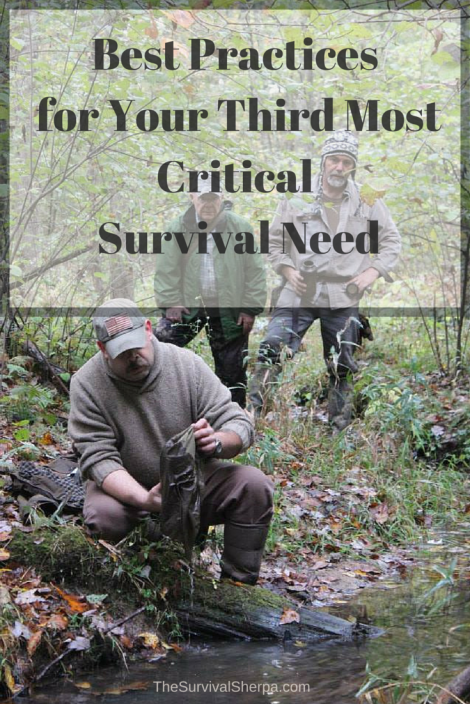
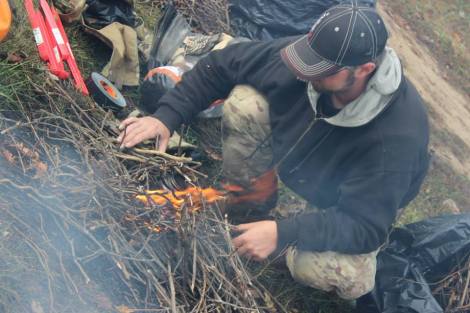
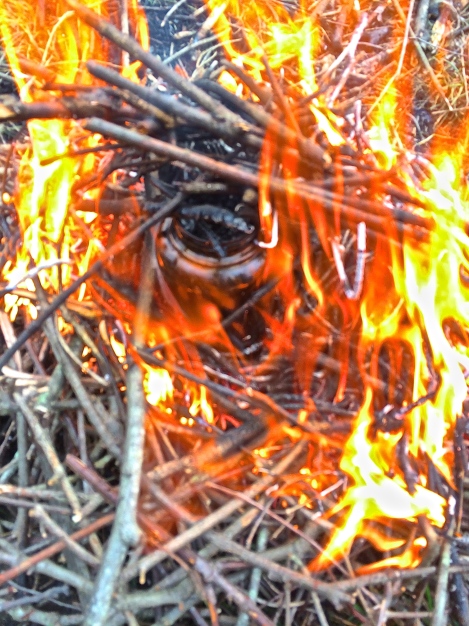
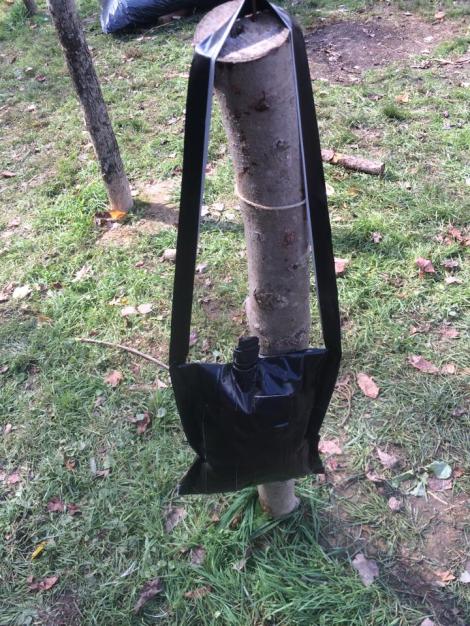

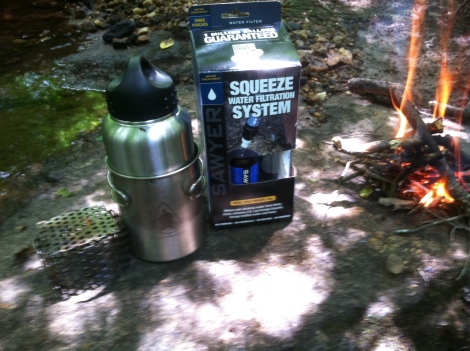

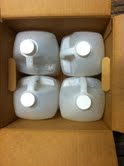



 The subject of survival in a long term disaster goes beyond having stockpiles of beans, bullets and band-aids. Those that do survive during a long term emergency will no doubt be tried and tested with a great many things. One of those trying scenarios is dealing with death.
The subject of survival in a long term disaster goes beyond having stockpiles of beans, bullets and band-aids. Those that do survive during a long term emergency will no doubt be tried and tested with a great many things. One of those trying scenarios is dealing with death.





